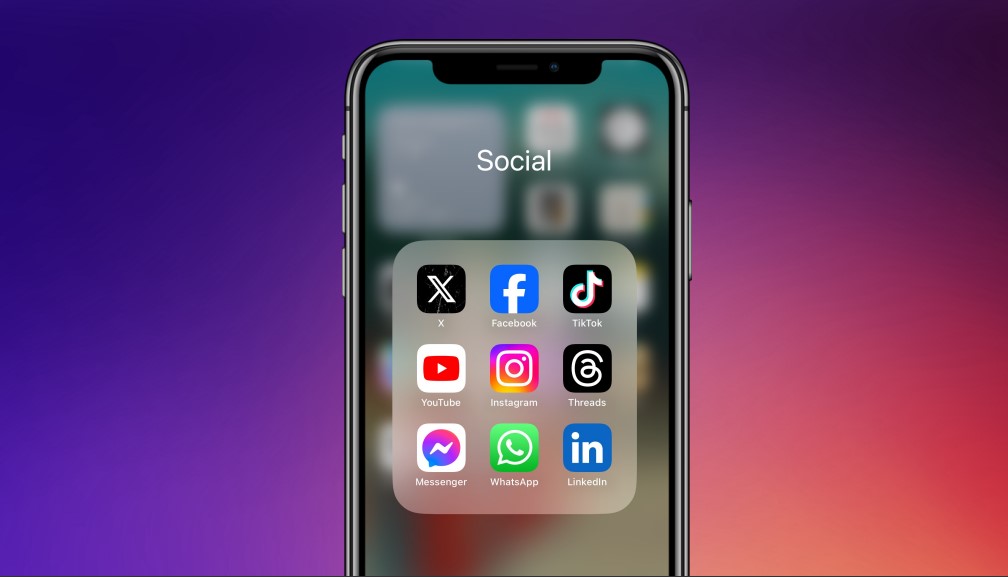By Grace Aki, Director of Influence Marketing/Creative Lead for The Arts Insider

Influence marketing is no longer in its infancy. In the current marketing landscape, influencers not only create awareness for brands and experiences, but also generate revenue and consumer loyalty. We’ve seen this impact up close, thanks to our robust influence marketing offering, which includes The Arts Insider, a first-in-its-field initiative that pairs established arts influencers with cultural institutions, attractions, and Broadway shows. We’ve partnered with creators and clients on many innovative content projects, and we’ve seen undeniable results.
Along this journey, we’ve also repeatedly encountered seven myths about influence media. We’re addressing these misconceptions in hopes of helping the industry more effectively harness influence media’s remarkable power
Myth #1: The “Best” Influencers Have Millions of Followers
Don’t be seduced by social accounts with enormous followings. Yes, they can have an incredible impact, but so can much smaller accounts with deeply engaged fans. For instance, a Broadway influencer with 7,000 followers may see massive return on their content because those 7,000 people live close to New York City, care deeply about the theater, and trust the influencer’s point of view.. That’s why successful influence programs cultivate influencers with followings of all sizes: The quality of engagement matters much more than the follower count.
Myth #2: Influence Marketing Is Always Expensive
There’s an influence campaign for every budget. Influencers with hundreds of thousands of followers do indeed command higher rates for their posts, but accounts with smaller, deeply engaged audiences charge significantly less. And again, those smaller audiences respond to calls to action. Plus, influencers often write, produce, edit, and star in content pieces all by themselves. Compared to the cost of hiring a production team, the influencer’s rates are negligible.
Myth #3: Influencers Don’t Need Money, Just Invitations.
For many influencers, content creation is a full-time job, which means they will (naturally) prioritize clients who pay them for their services. In fact, only 30% of influencers who receive an invitation without compensation end up posting about the brand on social media. This is why we believe in compensating content creators: It fosters respect and helps guarantee quality work on a client’s behalf.
Myth #4: Influencers Are 25 Years Old or Younger
Social media has never belonged exclusively to young people, and today’s influencers range from teenagers to retirees. What’s more, creators of all ages attract audiences of all ages. The important thing is identifying which audience demo you want to reach. No matter their age, there’s already an influencer speaking to them, guaranteed.
Myth #5: Influencer Content Can “Damage” A Brand
If influencers are free agents, then there’s a chance they’ll say controversial things online that reflect poorly on their associated brands. That’s why it’s important to engage with them like any other paid vendor. As professional contract employees, creators can be vetted and managed, and be briefed with clear guidelines for their contracted content. Those parameters are the bedrock of any good partnership.
Myth #6: Influencer Content Is Only for Organic Social
The best influencer content is well made, authentic and memorable. Therefore, it should absolutely be added to the paid media mix, getting boosted and promoted like a traditional ad.
Myth #7: No One Can Track Influence Media Impact
This is a myth on two levels: For one thing, social media statistics are abundant, and it’s possible to gauge the impact of even organic social posts the way one gauges, say, an out-of-home media buy. For another, when influencer content is part of the paid media mix, it’s easy to see which pieces generate sales, clicks, and other engagement. If we want to know what’s truly influential, then we must invest in robust reporting on influencer content.
With these myths swept aside, it’s clear that influence marketing is an impactful tool available to every brand. Anyone seeking meaningful content with long-term rewards can benefit from this vital component of their media plan.